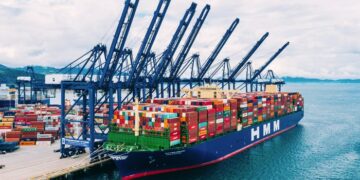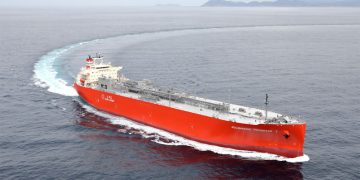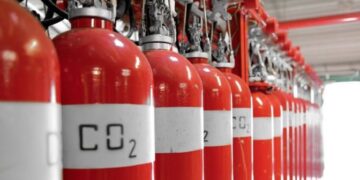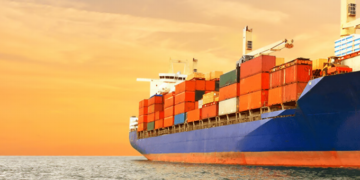Theft of scrap metal from containers – Hong Kong
Loss prevention Bulletin by the UK P&I Club One example case involved a container laden with scrap copper which was found missing at consignees' premises. The container was loaded at Hong Kong for a short voyage to mainland China.A discrepancy in the weight figures recorded by Shippers, Terminal and Consignees was noted however, the container was stowed high at the terminal and in the cargo hold on the vessel. The container's affixed bolt seal was found intact. The handle rivet however, was found to have excessive amounts of rust when compared to the other three rivets. By removing this single rivet the thieves were able to open the door bypassing the bolt seal.One example case involved a container laden with scrap copper which was found missing at consignees' premises. The container was loaded at Hong Kong for a short voyage to mainland China. A discrepancy in the weight figures recorded by Shippers, Terminal and Consignees was noted however, the container was stowed high at the terminal and in the cargo hold on the vessel. The container's affixed bolt seal was found intact. The handle rivet however, was found to have excessive amounts of rust when compared to the other three ...
Read more


















































